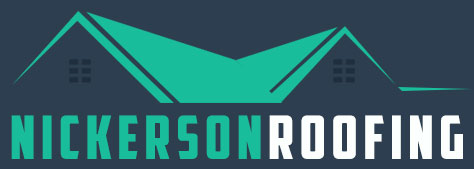When it comes to the roof, there are many elements that optimize its efficiency. With each component performing a specific function, the overall condition is better preserved. People can be easily overwhelmed with the many parts of a roof. In an effort to help people become more familiar with their home’s roof, we at Nickerson Roofing would like to look closer at the flashing that is on your roof.
Flashing is Part of Weather Resistant Barrier (WRB) System
To prevent the passage of water into a structure from a joint, the flashing is part of the weather resistant barrier system, or WRB; this component is the thin pieces of impervious material that is installed in specific locations on the roof. In order to decrease water penetration of the different components of the building, including the vent pipes, chimneys, walls, windows, and door openings, the flashing on modern homes make buildings more durable and minimizes indoor mold problems. Stainless steel, aluminum, copper, zinc alloy, and other materials are what metal flashing products derive from. To minimize water penetration, builders used creative methods including angling the roof shingles away from the joint before the availability of sheet products for flashing. Covering seams between roofing materials with mortar flaunching, building steps into the sides of chimneys to throw off water, and placing chimneys at the ridge are other methods often utilized. Manufactured flashing reduces water penetration at obstacles like the vent pipes, chimneys, walls as well as window and door openings, making buildings more durable and reducing indoor mold problems.
Should Roof Flashing Be Concealed or Exposed?
By design, flashing can be concealed or exposed at the time of installation. Directly installed, usually around wall penetrations such as window and door openings, concealed flashing is either metal or a flexible material with an adhesive backed. The exposed flashing is typically a sheet metal. Because it is one of the first barriers of defense against the elements in order to preserve your home or business, the flashing installation is crucial. Correctly installed flashing prevents water intrusion at various locations on your roof, making it necessary part of your roof system.
Is Flashing on a Roof Necessary?
As we have expounded on flashing defends dormers, skylights, chimneys, and vents with the protective seal that averts water intrusion from these areas. Flashing is a critical preventive measure for moisture damage particularly where water is most susceptible to penetrate a roof’s surface. Edges, valleys, joints and any grooves, gaps, intersections and projections on the roof of any structure are all places that flashing installed to help the roof’s penetrations sites.
Roof Repair, Replacement & More in Truckee, Mystic, Tahoe City, Kings Beach & The North Lake Tahoe Basin of California
Early deterioration at roof joints can easily occur where flashing improperly installed or the poor application that results in correct installation of flashing imperative when a new roof is installed. The experts at Nickerson Roofing understands that every step in installing a roof, including the efficiently installed flashing, is a necessary process to protect your home. Our professionals are eager to make the services we do count, with our reputation on the line, and ensure your flashing is being installed efficiently. Call us today to discuss your roof replacement or repairs.




